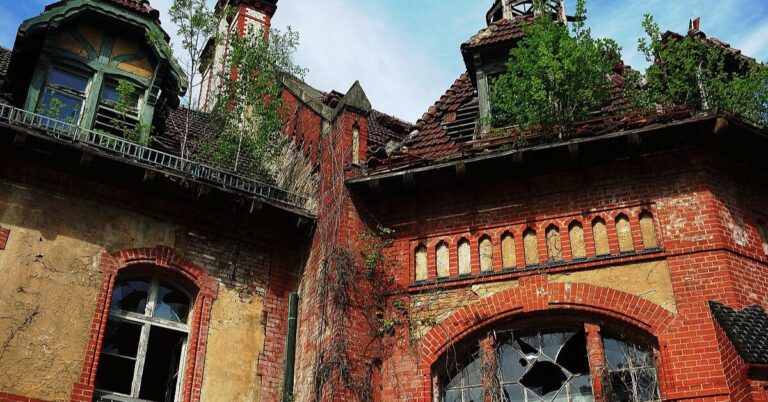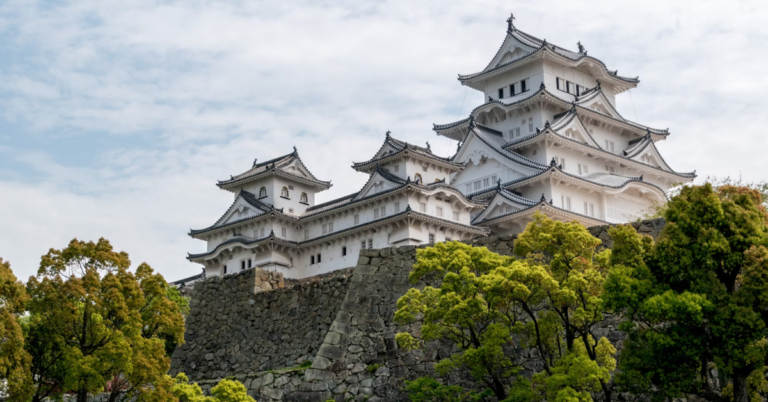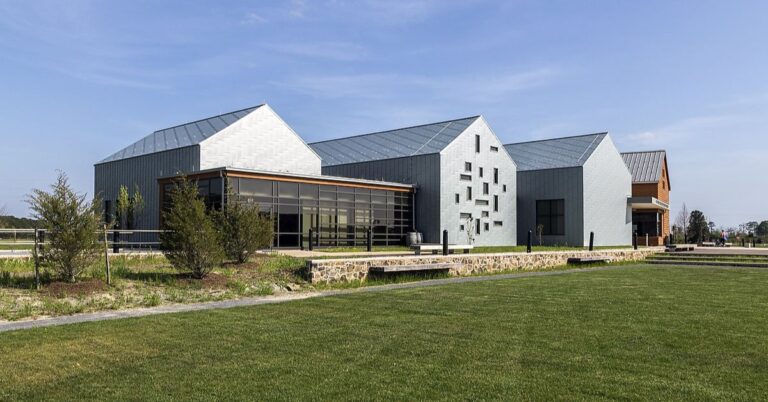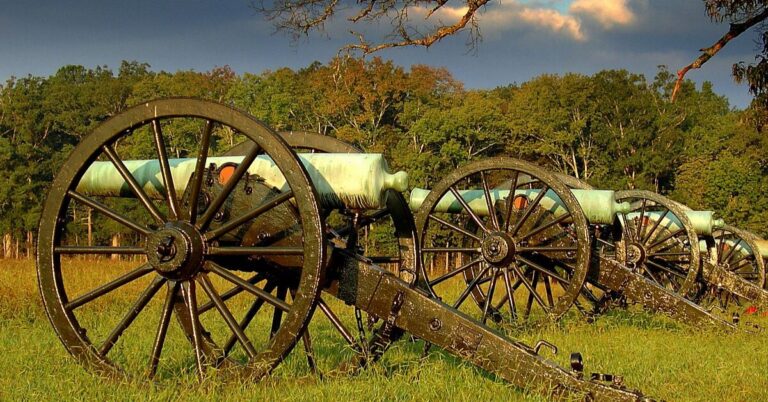15 European WWII Sites That Tell Incredible Stories
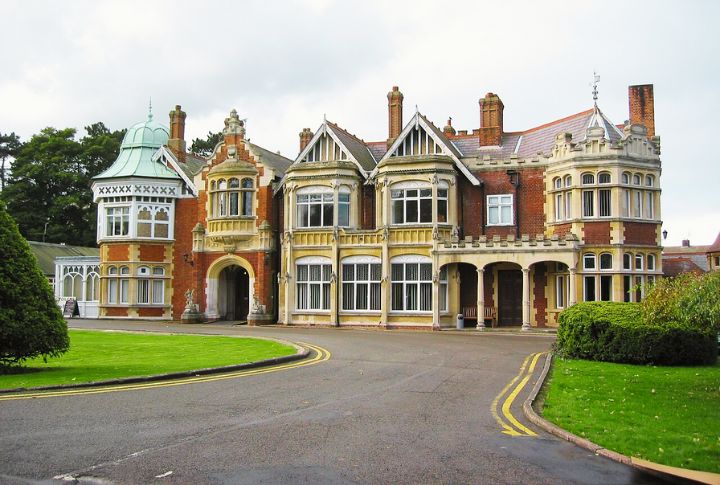
You won’t find souvenir shops at the end of this journey. Instead, you’ll discover memories set in stone and silence. Europe’s WWII sites are reflections of choices made and lives forever changed. If you’ve ever asked where history lives, these 15 places are a powerful starting point.
Normandy D-Day Beaches
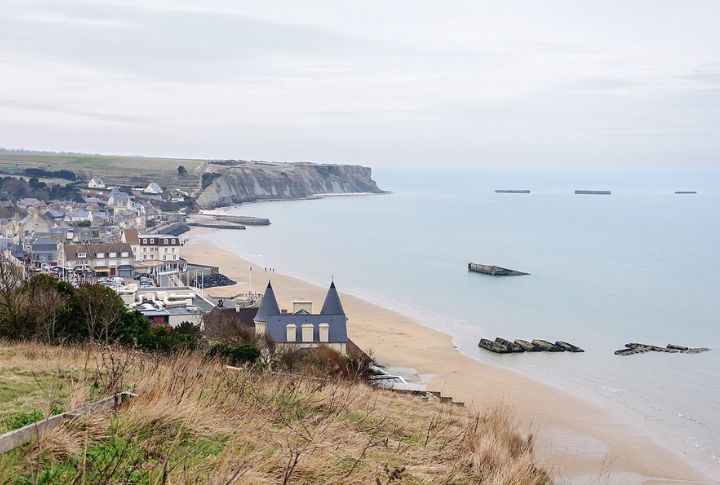
On June 6, 1944, approximately 156,000 troops stormed these beaches in what became the largest seaborne invasion in military history. Known as Operation Overlord, it marked the beginning of the end for Nazi Germany. Today, visitors can explore preserved bunkers and informative signage.
Auschwitz-Birkenau Memorial
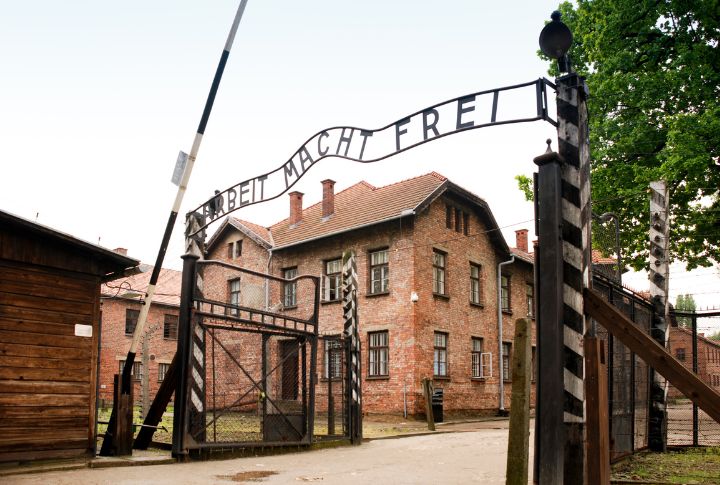
Located in southern Poland, Auschwitz-Birkenau was the largest Nazi concentration and extermination camp. More than a million people perished here during WWII, most of them Jewish. The site is divided into Auschwitz I, with its infamous “Arbeit Macht Frei” gate, and Birkenau, a sprawling field of barracks and gas chambers.
Eagle’s Nest
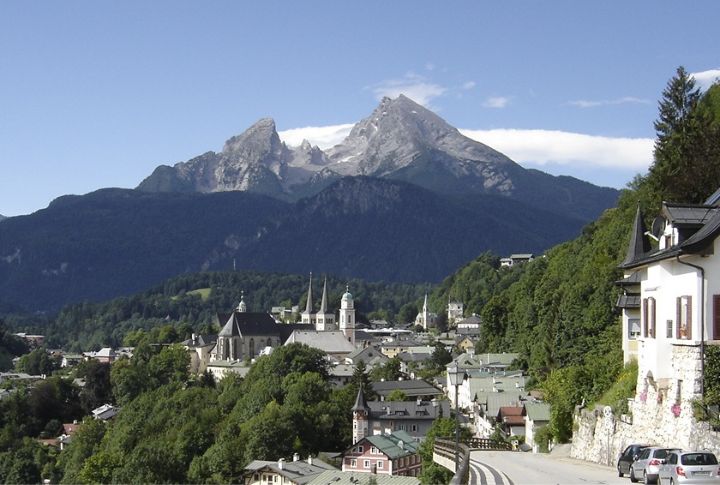
Perched like a hawk over the Bavarian Alps, the Eagle’s Nest watches history roll by. The building was untouched by Allied forces and now serves as a restaurant and documentation center, accessible by a breathtaking mountain elevator. Meanwhile, its strategic location offers panoramic views of the Berchtesgaden region.
Churchill War Rooms
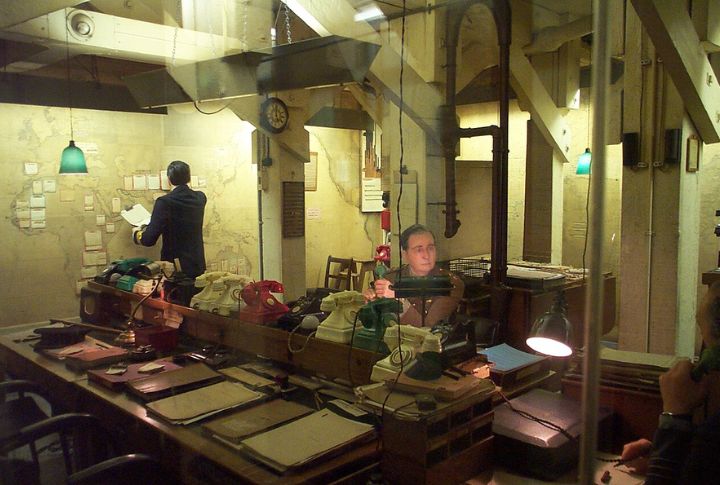
Hidden beneath the Treasury Building in London, these rooms were the nerve center for British war strategy during the Blitz. Winston Churchill spent countless hours here with his War Cabinet to make pivotal decisions while German bombs fell overhead. Visitors can walk through the preserved Map Room and Churchill’s private bedroom.
Omaha Beach Cemetery

Situated above Omaha Beach, the Normandy American Cemetery holds over 9,300 graves, each meticulously aligned in white marble. Most buried here fell during the D-Day landings and ensuing operations. You’ll find a semi-circular memorial that honors the missing, as well as a reflecting pool and bronze statue showcasing the site’s solemn beauty.
Warsaw Uprising Museum
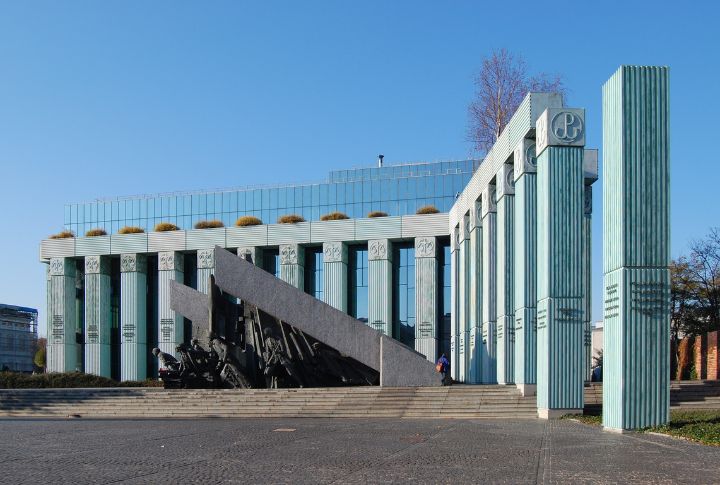
If buildings could scream, Warsaw’s might’ve never gone quiet. Devoted to the 1944 uprising against Nazi occupation, this modern museum uses sound and multimedia to convey the story of Poland’s boldest resistance effort. Exhibits include a full-sized replica of the B-24 Liberator aircraft and recordings of survivors’ testimonies.
Oradour-Sur-Glane Ruins
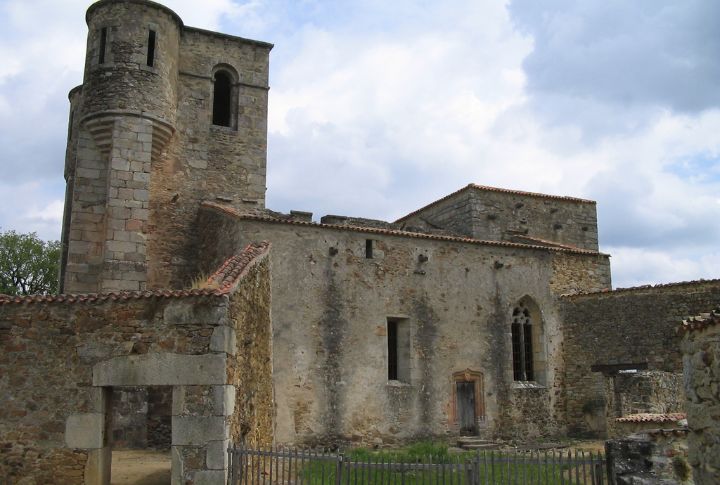
On June 10, 1944, 642 residents of Oradour-sur-Glane were killed during a reprisal by German SS troops linked to ongoing French Resistance efforts. The village was not rebuilt after the war; instead, it was left in its original state as a somber reminder of the events of that day.
Anne Frank House
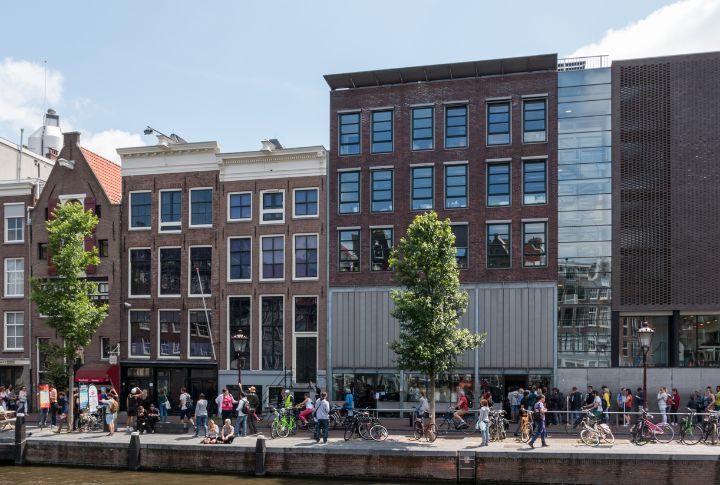
This canal-side building concealed Anne Frank, her family, and four others for over two years. The annex is still intact and hidden behind a bookshelf. As visitors wind through the cramped quarters, they see Anne’s handwritten diary pages and her father Otto’s later additions.
Dachau Concentration Camp
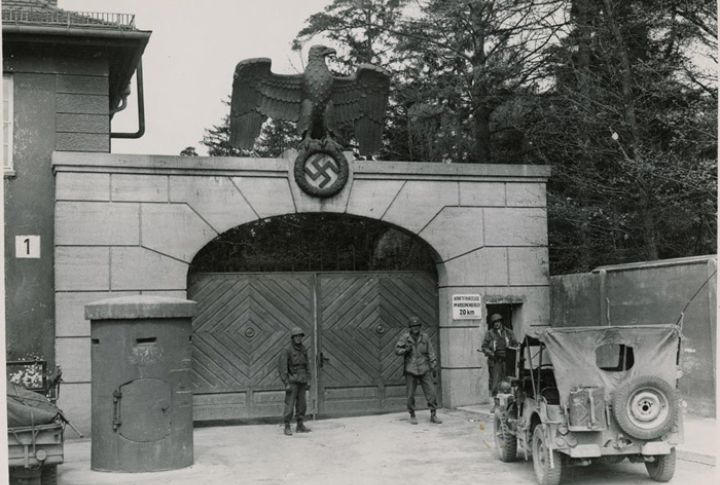
This wasn’t the first camp, but it set the standard. Opened in 1933 near Munich, Dachau became the prototype for all Nazi concentration camps. Initially used for political prisoners, it later expanded to include Jews, Roma, and others. Furthermore, the museum offers detailed documentation of the camp system and its atrocities.
Bletchley Park
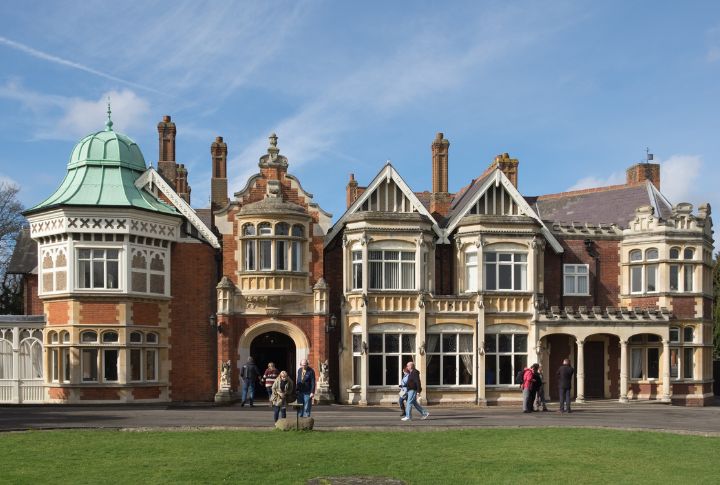
This Victorian estate was the hub of British codebreaking efforts, where Alan Turing and his team cracked Germany’s Enigma code, likely shortening the war by two years. The site includes original huts and interactive exhibits where you can try your hand at codebreaking.
St. Nazaire Submarine Base
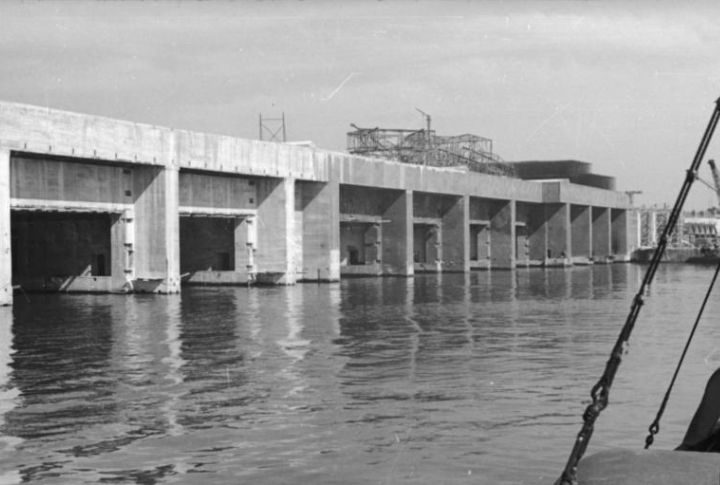
The St. Nazaire base in western France housed Germany’s U-boats, massive submarines that hunted Allied ships in the Atlantic. Built with 3.5 to 9 meters thick walls, it was nearly bomb-proof and remains largely intact. Today, some sections host museums and art installations, while others sit frozen in eerie silence.
Monte Cassino Abbey
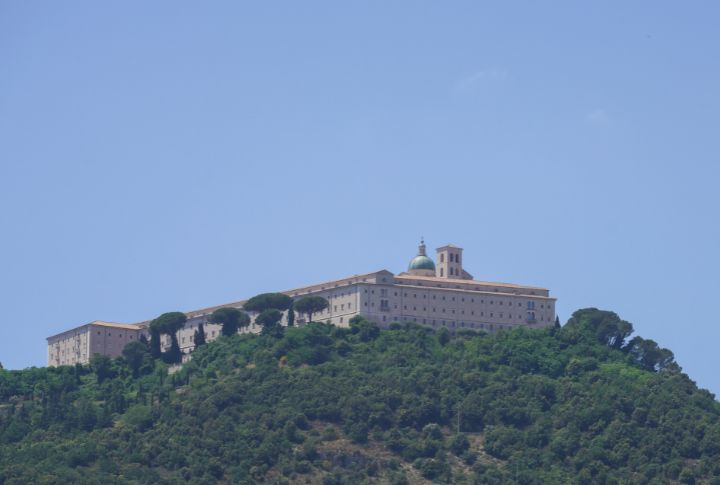
Monks once prayed here, then came the bombers. Monte Cassino sits atop a hill in Italy, overlooking a key route to Rome. In 1944, Allied forces believed the Germans had fortified the monastery and destroyed it to rubble. Ironically, German troops moved in after the destruction.
Berlin’s Topography Of Terror
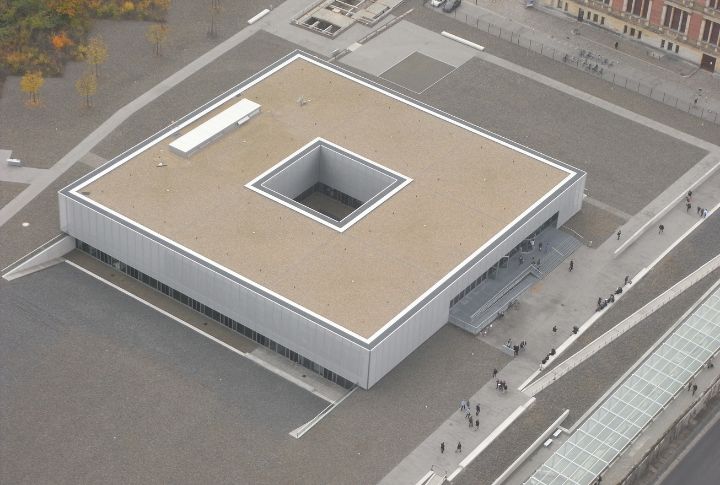
This outdoor and indoor museum is built on the site where the SS and Gestapo once operated their headquarters. Located along a preserved stretch of the Berlin Wall, the Topography of Terror chronicles Nazi crimes through powerful photo panels and personal stories. Additionally, underground prison cells have been excavated and displayed.
Maquis Du Vercors Site
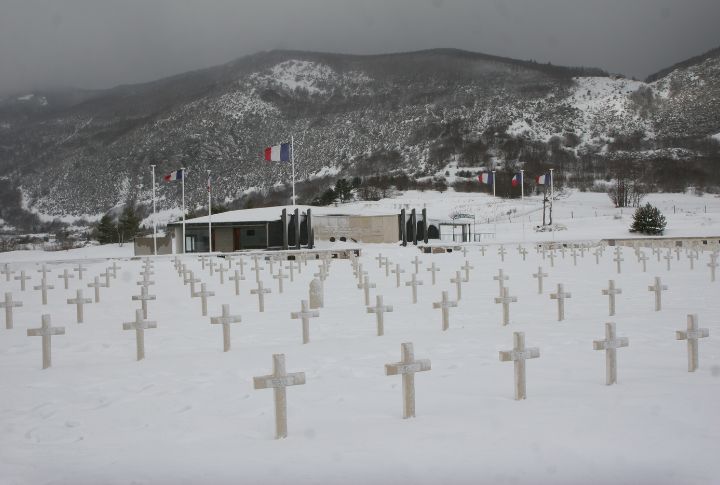
It’s quiet now, but it wasn’t in 1944. This mountainous region in southeastern France became a base for the French Resistance. German forces launched a brutal crackdown, killing hundreds and leveling villages. The scars remain: caves that served as hiding places and stone paths once used by Resistance fighters.
Plaszow Concentration Camp
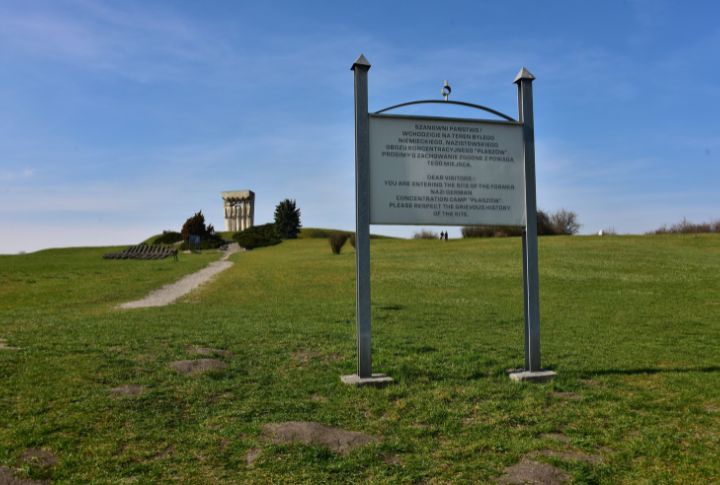
Located in Krakow, Plaszow began as a labor camp and grew into a full concentration camp notorious for cruelty under commandant Amon Goth, later portrayed in “Schindler’s List.” Few structures remain, but memorials now mark the area, including a massive stone monument honoring the victims.

